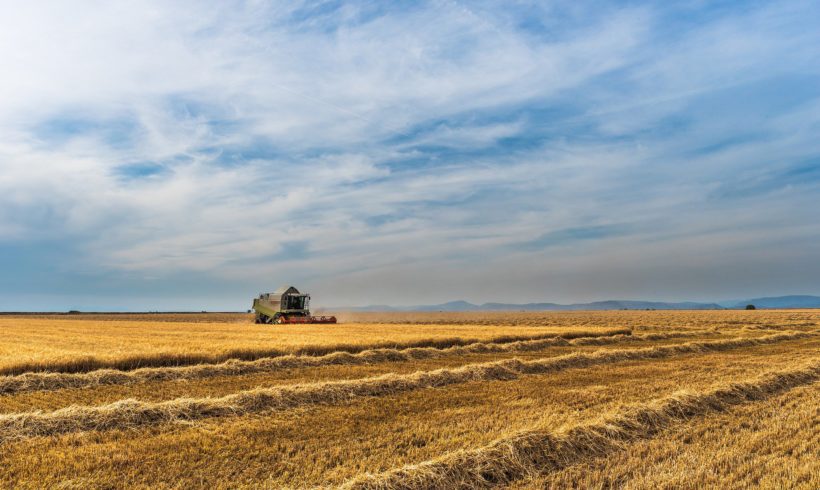
Monsanto has adopted a new way to feed you GMOs — without you even noticing. The agro giant nabbed the first agricultural licensing rights for the Crispr technique from the Broad Institute in late September, beating out a number of competitors.
The technique allows scientists to tweak the DNA of crops to support certain desirable genes and, according to the U.S. Department of Agriculture, crops engineered using this technique don’t need to be labeled as GMOs.
Traditional genetically modified organisms are made by adding to a plant’s genes with chunks of DNA from another organism, like a different crop, or even bacteria. Examples include genetically modified maize and soybeans, both of which have been engineered by companies including Monsanto to be resistant to the herbicide glyphosate, which is distributed by Monsanto under the brand name Roundup.
This technique is difficult to get right, and it often takes many attempts to ensure that crops take on the desired techniques, not only because the chunks of added DNA are added into the plant’s genome at random locations, but also because DNA is not removed from the genome, and so the original gene can sometimes overwrite the new genetic material.
Crispr products are made with a far more precise gene modification method. The technique, which was introduced in 2013, allows scientists to swap out just a nucleotide or two, designated by the letters A, G, C, and T, of the plant’s genetic code.
“Changing a G to an A is very different from bringing a gene from a bacteria into a plant,” Harvard geneticist George Church told Business Insider. Church believes that these crops are our best hope for ending the war against GMOs, a war he has deemed misguided.
The USDA has decided that since Crispr-edited crops don’t contain any foreign DNA, they are completely distinct from traditional GMOs. The department has already chosen not to regulate two crops made with Crispr – a type of mushroom and a type of corn. These crops will likely begin to appear in field in the next few years.
“We’re not happy with the current regulatory approach,” said Patty Lovera, assistant director of Food and Water Watch, of this decision by the USDA. “Do we really understand what the proponents say we do — that genome editing is so precise there is nothing else it affects? That presumes a level of knowledge about intricate biochemical processes that I’m not sure we have.”
Some precautions have been taken to assuage the fears of the public. Monsanto has been forbidden from using the Crispr technique for gene drive, a technique that can spread a trait through an entire crop population and that could have detrimental threats to ecosystems, according to a recent National Research Council report.
But just because these crops don’t include foreign DNA doesn’t mean that they’re safe. If Monsanto is developing crops using Crispr, we can only assume that more glyphosate-resistant seeds are about to appear on the market, and at alarming speeds.
“With genome editing, you can target a trait where you want it to go, and you can link traits so they’re next to each other,” Tom Adams, who leads Monsanto’s biotechnology efforts, told Stat News of the new technique. “I think we’ll see an acceleration (of new crop development).”
by EMILY MONACO
